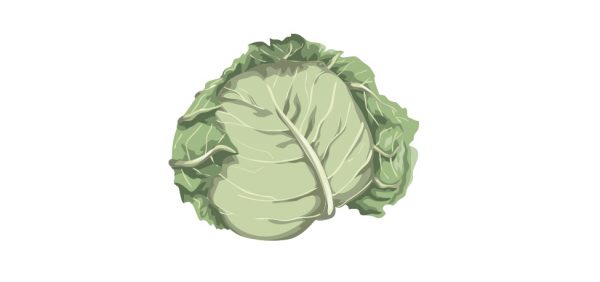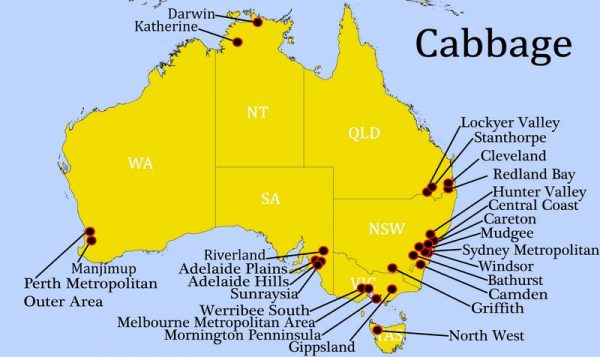Cabbage Picking / Packing


Cabbages thrive in cool, moist weather, and in Southern Victoria, they are grown all year round. In some cases, although they are known to produce quality result in these weather conditions, they are also capable of growing in warmer places but with different quality of heads. Victoria’s central highlands is known for its cold weather and cabbages are planted during late autumn to spring. Vegetable crops are usually saved for market during the early winter. Cabbages are not sensitive to the kind of soil they’re planted; however, highly organic soil is known to produce the best yield for this type of vegetable.
Cabbages have different varieties and they grow in different soil conditions. Cabbages such as Kameron, Red Rookie and Green Coronet are mostly cultivated during late spring to winter, whereas the Red Ball, Beauty and Stahira are grown during summer to autumn. Summer to winter is usually the season to produce the “Grand Slam” variety and it is during autumn to winter where most of its varieties are being grown such as Red Ranger, Neptune, Greengold, Ballhead, Terrific and Winterhead. The Savoy King variety is known to be available all year round, especially in the southern regions of Australia.
Cabbage planting starts from acquiring seedling sprouts that are usually available in nurseries and are ready for soil beds. If you wish to buy seedlings that are ready for planting, you have to call in advance for its preparation and to avoid past grown seedlings that aren’t quite fit for plantation. It is also possible to plant seedlings directly on the soil bed provided, you allow at least 4 weeks for the seedlings to fully germinate. Seedlings are very sensitive to diseases such as blackrot, ringspot and blackleg that can eventually lead to leaf spots and other diseases. Seedling’s hot water treatment is the most common procedure in order to avoid these diseases and to eliminate possible growth deficiencies on the crop.
Harvesting of cabbages are made when the heads become firm. Cutting them from their stem and leaving some of its leaves as a means of wrapper will protect the head (heart) of the crop once they are packed and shipped. While most regions sell cabbages by quantity and not by their weight, commercial market usually sells them to consumers by weight and in less quantity. A good kind of cabbage requires constant watering or irrigation, especially if they are planted on slopes rather than flat soil beds.
Cabbages, unlike the cauliflowers, require regular fertilizer and if the soil type is good, the need for fertilizer may not be required. Previous soil beds that have been planted with the same crop is fit enough to be planted again, in most cases, some of the wrapper leaves that have been removed from the crop is left to rot in the soil as an additional fertilizer. During the winter season, the soil is much slower in producing the necessary nutrients for the vegetable crop and you may need to add more fertilizer to gain enough yield.






































